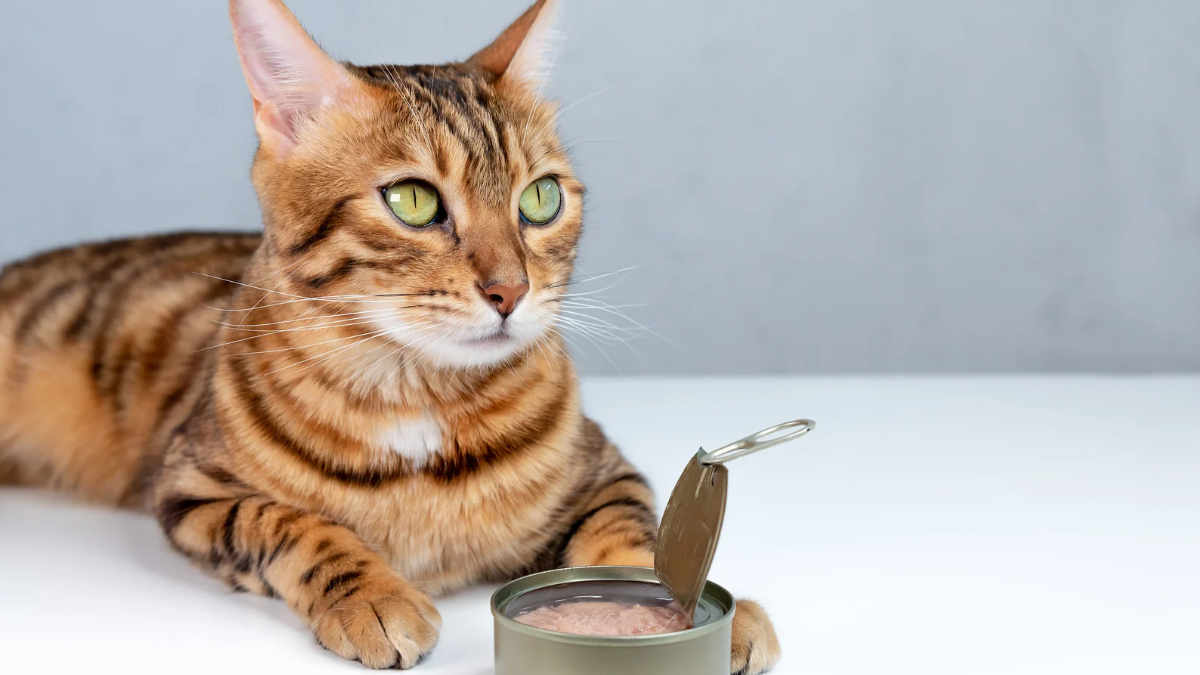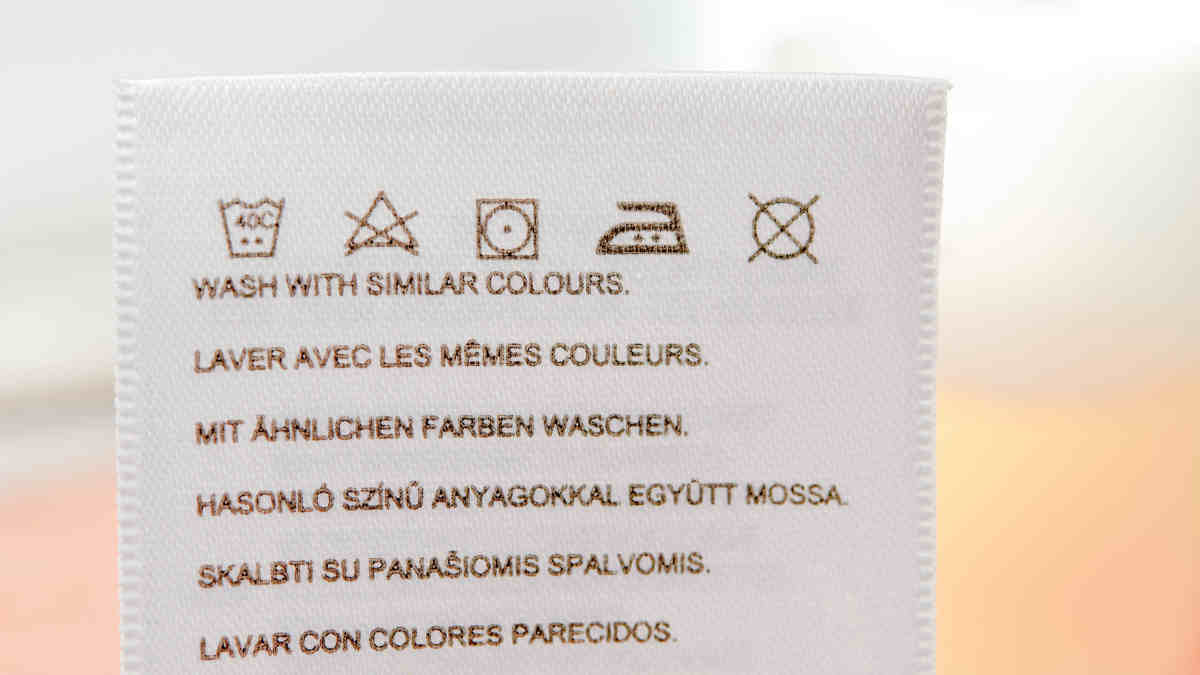If you have a cat, you want to feed it the best food you can. Wet cat food is a popular option. It has a lot of moisture and tastes good to most cats. But there’s one question many cat owners ask: How long can wet cat food sit out?
In this easy guide, we’ll walk you through the basics. You’ll learn how to store wet food, when to throw it away, and how to keep your cat safe and healthy.

How Long Can Wet Cat Food Safely Sit Out?
The general rule of thumb is that wet cat food should not be left out for more than 1-2 hours at room temperature. After this time, the risk of bacterial growth increases significantly, potentially leading to foodborne illnesses in your cat.
Why such a short time limit?
- Bacterial growth: Wet cat food contains protein and moisture—ideal conditions for bacteria to multiply, especially at room temperature.
- Nutritional loss and texture changes: Extended exposure to air causes nutrients to break down and the food to dry out, making it less appetizing for your picky eater.
- Digestive issues: Consuming spoiled food can lead to various health problems for your cat, including vomiting, diarrhea, and other digestive upsets.
Factors Affecting How Long Wet Cat Food Can Sit Out
Several factors influence how quickly wet cat food spoils:
- Environmental temperature: Higher temperatures accelerate spoilage. During hot summer months or in warm homes, wet food deteriorates even faster.
- Humidity: High humidity environments speed up bacterial growth.
- Mixing with dry food: When wet and dry foods are combined, the moisture from wet food affects dry kibble, causing both to spoil according to wet food timeframes.
- Your cat's eating habits: If your cat prefers grazing throughout the day rather than eating meals in one sitting, you'll need to adjust your feeding strategy.
How to Properly Handle Leftover Wet Cat Food

How to Tell If Wet Cat Food Has Gone Bad
Watch for these signs that indicate your cat's wet food has spoiled:
- Unusual odor: Sour, rotten, or any strange smell different from when you first opened it.
- Color changes: Darkening, graying, or any abnormal discoloration.
- Texture alterations: Drying out, clumping, sliminess, or visible mold.
- Mold growth: Any visible fuzzy spots or mold patches.
Additional Considerations for Your Cat's Dietary Health
Cleanliness is crucial: Whether wet food is better for cats or not depends on individual needs, but clean food bowls and feeding areas are essential for all cats.
Complete care includes litter box management: A clean litter box is as important as fresh food for your cat's overall well-being. Consider an automatic self-cleaning litter box that ensures your cat always has a clean bathroom environment. This becomes especially important when cats experience digestive issues from potentially spoiled food.
Feeding environment matters: Creating a stress-free, clean feeding area helps encourage healthy eating habits. Similarly, a spacious, enclosed litter box can help contain odors and make cleanup easier for you.
Conclusion
Remember the "2-hour rule" when feeding wet cat food. This simple guideline can prevent many health issues and ensure your cat receives maximum nutritional benefits from their food.
Practical feeding tips:
- Choose smaller packaging if your cat doesn't eat much at once
- Invest in divided food containers to refrigerate leftovers properly
- Clean food bowls daily with mild soap and water
- Monitor your cat for any signs of digestive discomfort
Your cat's health depends on both nutritious food and proper food handling. By following these guidelines, you'll help ensure your feline companion stays happy and healthy for years to come!









Leave a comment
This site is protected by hCaptcha and the hCaptcha Privacy Policy and Terms of Service apply.